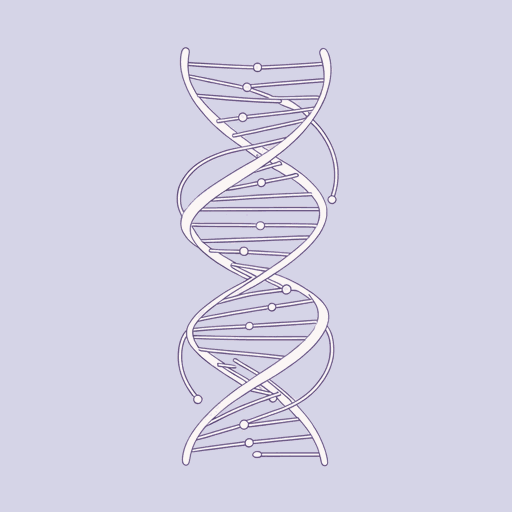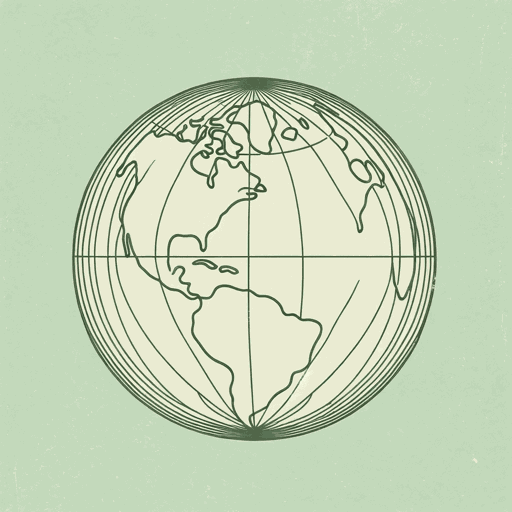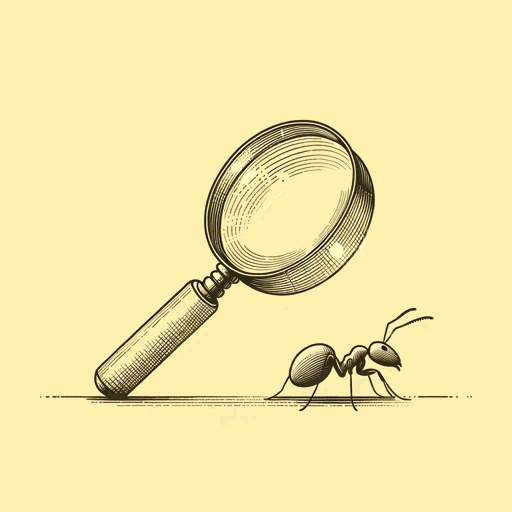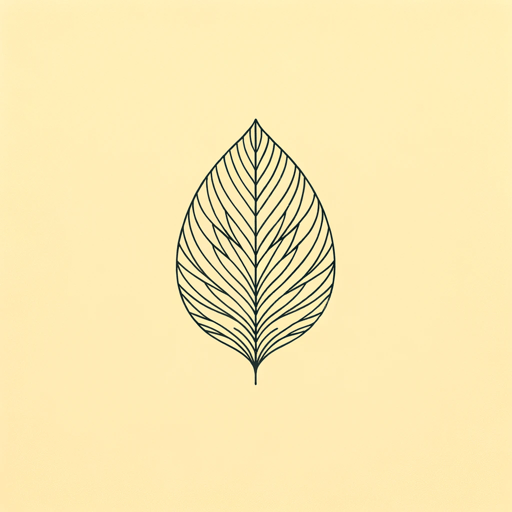43 pages • 1 hour read
Edward O. WilsonThe Future of Life
Nonfiction | Book | Adult | Published in 2001A modern alternative to SparkNotes and CliffsNotes, SuperSummary offers high-quality Study Guides with detailed chapter summaries and analysis of major themes, characters, and more.
Chapters 3-5Chapter Summaries & Analyses
Chapter 3 Summary: “Nature’s Last Stand”
In Chapter 3, Wilson examines the pressures of overpopulation and environmental destruction through the lens of a place where humans have had a particularly pernicious impact: Hawaii. While Hawaii seems lush and bountiful to many observers, Wilson notes that it is actually “a killing field of biological diversity” (43). Before the arrival of Polynesians in roughly 400 AD, Hawaii was filled with a vast variety of endemic species that had evolved in Hawaii and were found nowhere else, such as long-legged owls and flightless birds with tortoise-like jaws. Wilson notes that at one point there were over 10,000 plant and animal species native to Hawaii.
The destruction of Hawaii’s biodiversity began with the arrival of humans. Early Polynesian settlers hunted the archipelago’s flightless birds to extinction and cleared land for agriculture, wiping out other species. American colonists later expanded agricultural production. Hawaii’s eventual role as a transportation hub created opportunities for the introduction of nonnative species, which supplanted endemic plants and animals; now, about a third of all species found on Hawaii are alien, and some, like the African big-headed ant and the domestic pig, have reshaped the environment significantly.
Related Titles
By Edward O. Wilson

Consilience
Edward O. Wilson

Half-Earth: Our Planet’s Fight for Life
Edward O. Wilson

Letters to a Young Scientist
Edward O. Wilson

On Human Nature
Edward O. Wilson

The Diversity of Life
Edward O. Wilson

The Meaning of Human Existence
Edward O. Wilson

The Social Conquest of Earth
Edward O. Wilson

